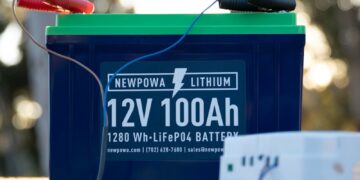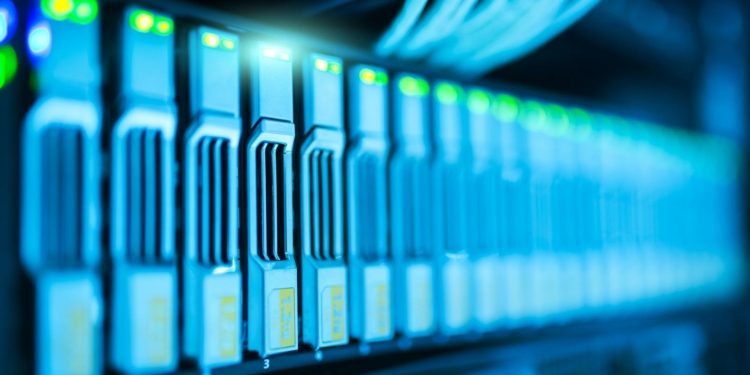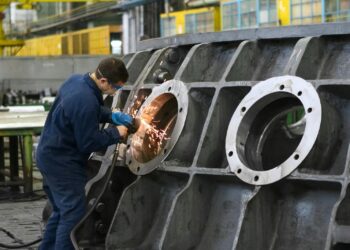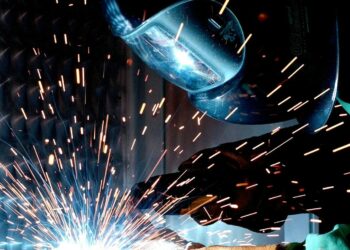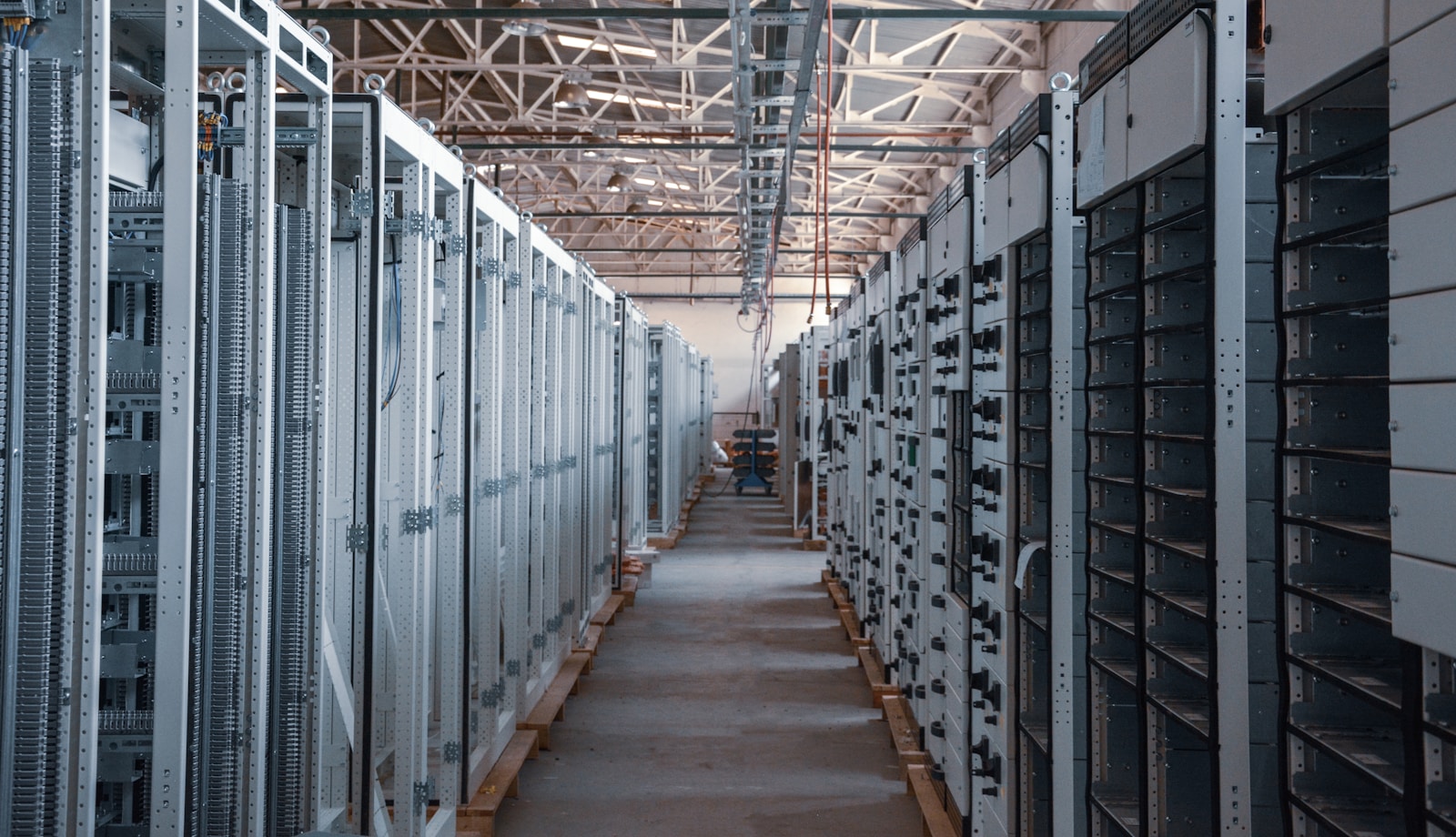By Positive Phil
As artificial intelligence relentlessly expands its footprint, the hunger for energy behind the scenes is soaring to new heights. This demand isn’t just incremental; it’s explosive. A vivid example recently captured the tech and energy worlds’ attention: a sprawling, Texas-based facility currently in development, destined to become the largest AI training center on the planet. Imagine tens of thousands of Nvidia Blackwell chips humming across eight hyperscale buildings, crunching petabytes of data to fuel innovations we can barely imagine today.
But this is about far more than scale or raw computational muscle. It’s a strategic pivot that signals a deeper evolution in how AI companies—like OpenAI—are thinking about their infrastructure. Instead of depending heavily on traditional cloud partners, they are boldly stepping into an era of self-reliance, designing custom-built environments finely tuned to the specific needs of AI workloads. This approach unlocks new efficiencies, sharper control, and critical performance optimizations.
Yet, amid all the tech headlines and chip benchmarks, one essential player often slips under the radar: the energy infrastructure powering this revolution.
The success of AI training centers of this magnitude hinges on energy solutions that are not just vast but smart, flexible, and increasingly sustainable. It means on-site solar arrays soaking up the Texas sun, batteries storing energy to smooth out peaks and troughs, and yes, gas peaker plants and wind farms poised to flex and balance the grid’s volatility—especially in ERCOT’s famously dynamic energy landscape.
Texas isn’t just a backdrop to this story; it’s the proving ground. The state boasts uniquely favorable policies that incentivize clean, scalable power. Its grid interconnections are robust, linking massive renewable projects to hyperscale data hubs. And the developer ecosystem here is rich with experience deploying megawatt-scale energy projects rapidly and reliably.
What’s unfolding in Texas today is a glimpse of the future for digital infrastructure nationwide. Traditional models for powering data centers—once reliant on grid-only supply and inflexible contracts—are giving way to a new paradigm. Here, energy developers don’t simply act as vendors; they become strategic partners, co-creating resilient, scalable, and carbon-conscious solutions tailored for AI’s insatiable appetite.
Whether in the heart of Abilene or the tech corridors of Austin, the next generation of AI will only be as strong as the energy system behind it. And that system must be built to endure—designed for resilience against outages, scaled for growth, and engineered to meet ever-rising sustainability standards.
The path forward is clear: the future of AI and the future of energy are inseparable. Together, they’re powering a new chapter in American innovation. The question isn’t just how fast AI can evolve—but how smartly and sustainably we can fuel that evolution from the ground up.






